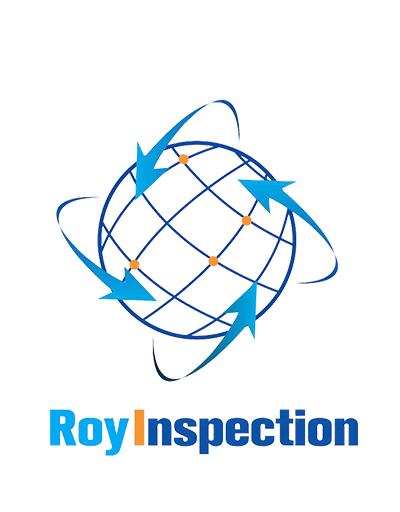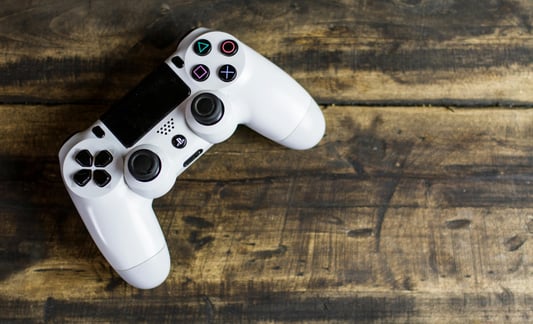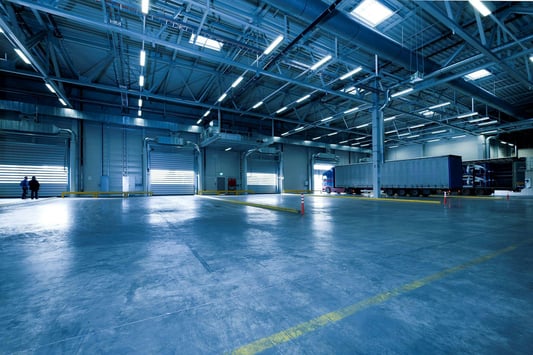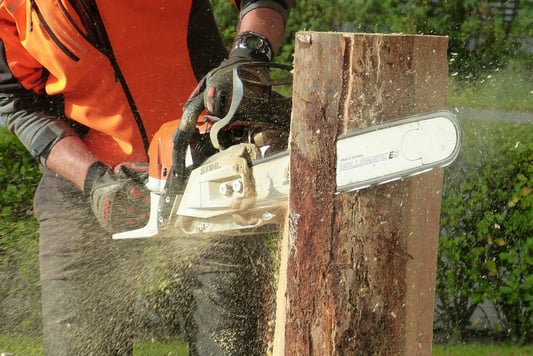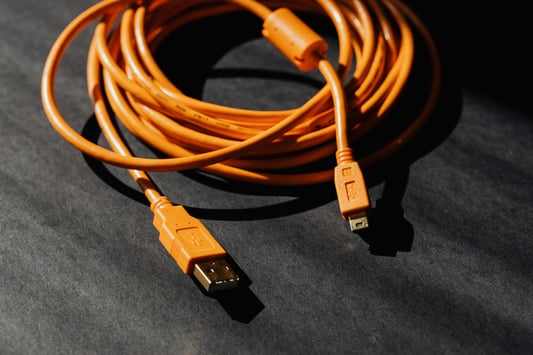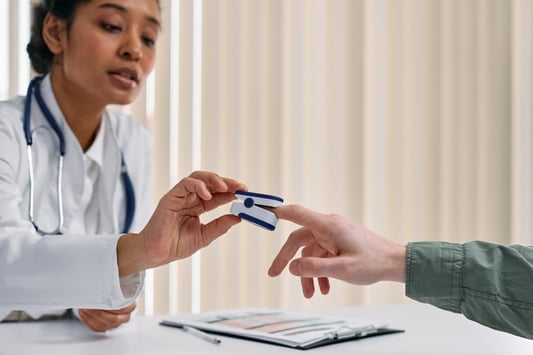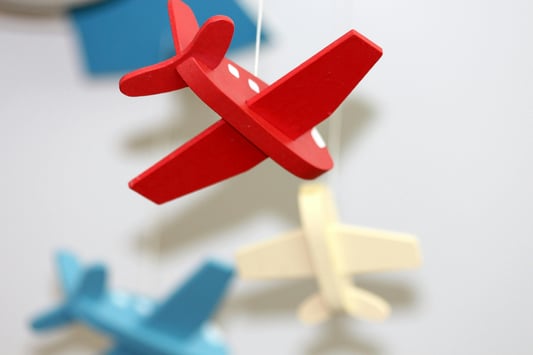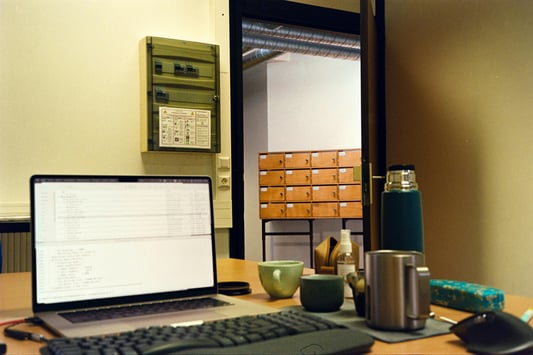Ensuring Quality and Safetyconsumer electronics products inspection plays a crucial role in ensuring that the products meet quality and safety standards. By conducting thorough inspections, manufacturers can identify any defects or issues in the products before they reach consumers, thereby reducing the risk of safety hazards.Compliance with RegulationsIn the highly regulated consumer electronics industry, it is essential for manufacturers to comply with various regulations and standards. Product inspections help ensure that the products meet all the necessary regulatory requirements, helping companies avoid costly fines and legal issues.Preventing CounterfeitingConsumer electronics products are often targeted by counterfeiters looking to profit off of popular brands. Inspection processes can help detect counterfeit products and prevent them from entering the market, protecting both consumers and legitimate manufacturers.Improving Customer SatisfactionBy ensuring that consumer electronics products undergo thorough inspections, manufacturers can improve customer satisfaction. Quality products that meet or exceed expectations lead to positive reviews and repeat business, ultimately contributing to a company's success.Identifying Defects EarlyEarly detection of defects in consumer electronics products is essential for maintaining product quality. Through inspections at various stages of the manufacturing process, manufacturers can identify and address any issues before they escalate, saving time and resources in the long run.Enhancing Brand ReputationA strong brand reputation is crucial in the competitive consumer electronics market. By consistently delivering high-quality products through rigorous inspections, manufacturers can build trust with consumers and differentiate themselves from competitors.Minimizing Product ReturnsProduct returns can be costly for manufacturers, impacting both finances and customer satisfaction. By conducting thorough inspections, companies can reduce the likelihood of defective products reaching consumers, ultimately minimizing returns and associated costs.Ensuring Product ReliabilityReliability is key for consumer electronics products, as consumers expect their devices to perform consistently and effectively. Inspections help ensure that the products are reliable and durable, meeting the needs and expectations of users.Adapting to Technology AdvancementsAs technology continues to evolve, consumer electronics products must also adapt to meet changing demands. Inspections play a crucial role in verifying that products are up to date with the latest technological advancements, ensuring competitiveness in the market.Building Trust with ConsumersUltimately, consumer electronics products inspection is about building trust with consumers. By consistently delivering high-quality, safe, and reliable products, manufacturers can earn the trust and loyalty of customers, leading to long-term success and growth in the market.Quote InquiryContact us!
